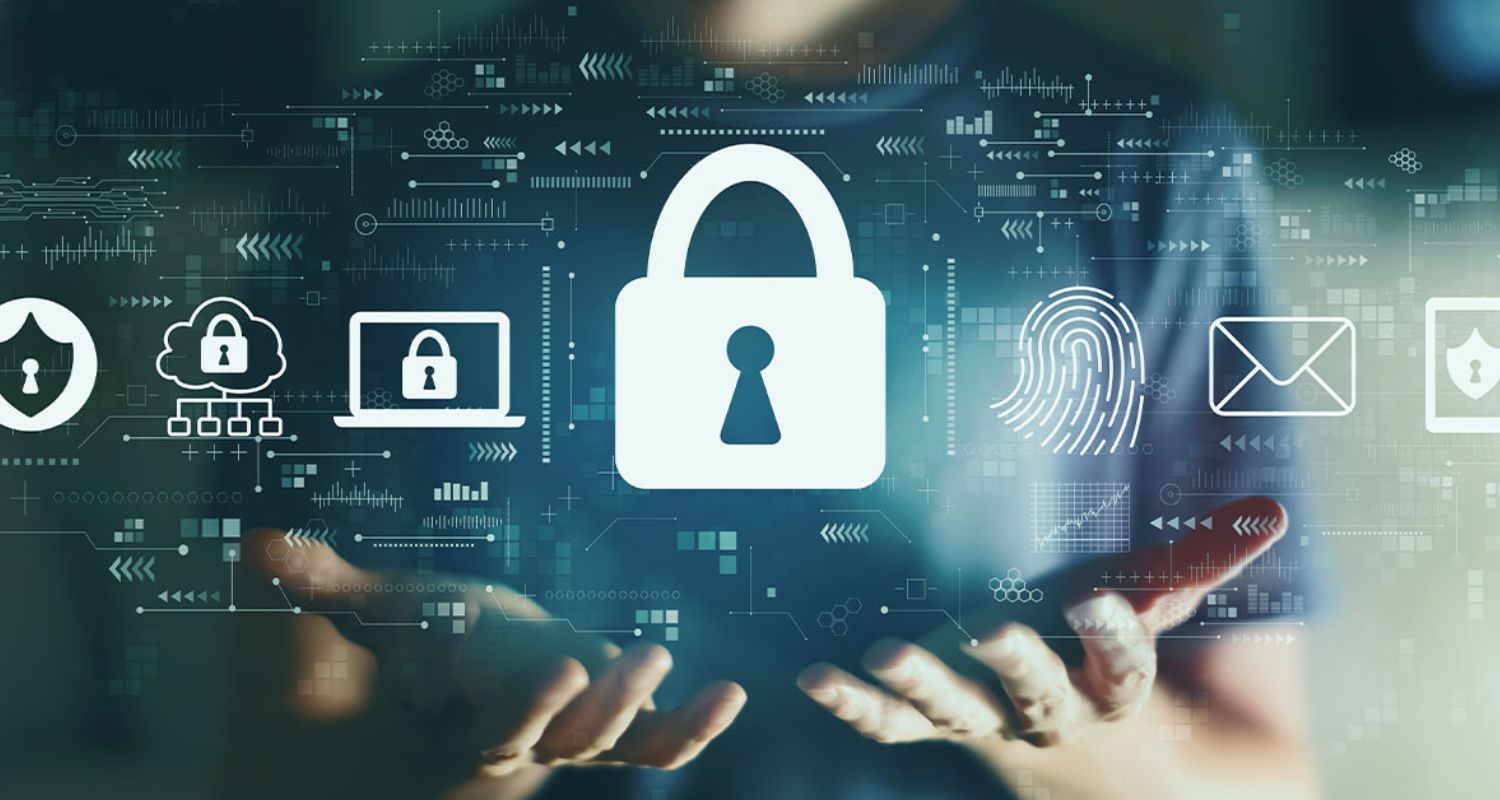If you are a business developing its website, you may have to choose between regular and enterprise websites. However, before making this choice, you would ask, “What is Enterprise Web Design?”
Enterprise web design refers to creating and designing websites or web applications for large organizations, typically businesses or enterprises. Enterprise web applications are generally designed to support a large volume of traffic and information.
To know more about enterprise web design, its key components, how it benefits your business, and its challenges, continue reading this blog. It contains the answers to everything you need to know about enterprise design.
See Also: What If Social Media Never Existed?
Critical Components of Enterprise Web Design
The Enterprise web design process aims to make the user experience as smooth and efficient as possible while keeping in line with the organization’s business objectives. But first, we must ask, “What is web design?”
Web design refers to how the website will appear visually to the viewer. Moreover, it is separate from the software design used to develop the site. Having understood this, let us turn to the critical elements of enterprise web design;
- User Interface (UI) Design: Ensure the brand’s visual identity is uniform across all website pages. Make the page easy to navigate by using clear menus and markers. Moreover, the web design must respond to varying devices per their screen size.
- User Experience (UX) Design: Study your target audience and create prototypes based on the study results. This will ensure that your enterprise web design suits the behaviors and preferences of its users.
- Accessibility: Ensure that your design meets the accessibility standards. This will help users with disabilities use your application. On-screen readers will benefit from alternative text for images and non-text elements.
- Data Visualization: Create easy-to-read dashboards that show complex information in an easy-to-understand way. Communicate data through charts and graphs for swift comprehension.
- Performance Optimization: Reduce the time your page takes to load by optimizing the scripts, graphics, and other elements. One way to improve the overall performance of your application is to use caching techniques.
- Security Considerations: Create a secure login and authorization procedure to safeguard user data. Ensure that data is transmitted over SSL/TLS protocols.
The Role of WordPress Web Hosting in Enterprise Web Design
Now that we know what is the definition of web design, let us study the importance of WordPress Web Hosting in the context of enterprise web applications. WordPress is a popular content management system among many businesses as it allows article marketing and SEO promotions.
After all, a successful online presence depends on the hosting provider. Here’s the importance of WordPress and ORC Web Hosting for enterprise websites:
- Performance: Speed is everything in the digital world. WordPress’s compatibility with ORC Web Hosting ensures flawless operation. Due to solid infrastructure, the loading time speeds up, which improves user experience.
- Scalability: Businesses need expansion, and the adaptability of ORC Web Hosting enables high traffic demands to be met. This helps in avoiding snags.
- Security: Enterprise websites cannot compromise security. ORC Web Hosting’s WordPress integration offers a strong shield against online attacks.
- Backup and Recovery: Offering backup solutions connected with WordPress ORC Web Hosting reduces the danger of data loss and speeds up recovery.
Difference between Regular Websites and Enterprise Websites
The functions and features of enterprise websites differ from those of regular websites, primarily due to their size, complexity, and functionality needs. Critical differences between regular websites and enterprise websites will help you better understand what enterprise web design is. Distinctions include:
Scale and Complexity
- Regular Websites: These are designed for people or startups with modest requirements. Examples include informational websites, affiliate marketing sites, and personal blogs.
- Enterprise Websites: Designed for big businesses and institutes, these are defined by intricate architecture. They feature multiple departments and diverse functionalities.
Functionality
- Regular Websites: These focus on offering essential details, having a minimum online presence, and having basic features such as blog and contact info.
- Enterprise Websites: These require advanced functions. Content Management Systems (CMS), Enterprise Resource Planning (ERP), and more are integrated.
User Authentication and Access Control
- Regular Websites: Usually have restricted access control but may have a basic user authentication system for essential functionality.
- Enterprise Websites need strong user authentication and access control techniques to manage rights for different user roles inside the organization.
Benefits of Enterprise Website Development
After knowing what enterprise web design is, you may also want to know its benefits. Enterprise web development offers numerous advantages for large-scale organizations. These empower organizations with sophisticated tools, fostering innovation and providing a solid digital foundation for sustained growth.
Scalability, Security, User-Friendly and Performance
Enterprise websites excel in scalability to effortlessly adapt to evolving demands. This ensures seamless growth without compromising performance. Robust security measures protect these platforms, safeguarding sensitive information and maintaining user trust.
User-friendly interfaces prioritize accessibility, enhancing the overall experience for diverse stakeholders. Optimized performance, achieved through efficient coding and infrastructure, guarantees quick response times and reliable functionality.
Challenges in Enterprise Website Design and Development
Between turning to the challenges, let us recall the difference between a web designer and a web developer. A designer’s job is to craft the visuals of a website so that it is appealing to the users. Meanwhile, a developer is the one who writes the code for the website and builds its backend.
Having clarified this difference, let us further explore enterprise website design and development challenges.
- Scalability and Flexibility: Users, functionality, and materials must fit on enterprise websites. Designing an architecture that is flexible and scalable enough to accommodate growing data and user loads takes time.
- User Experience across Devices: Businesses frequently deal with a diverse user base. It can be challenging to design a user experience that is smooth and consistent for a variety of devices, including tablets, smartphones, and desktop computers.
- Integration of Legacy Systems & Data Security: Careful planning is needed to ensure the website can interact with different databases without compromising data integrity.
Must-Have Features in an Enterprise Website
The importance of scalability, functioning, security, and user-friendly design has been stressed enough times already. Here are some other must-have features in an enterprise website:
- Search Function: Provide a comprehensive search function to assist people in finding the information they require on the website fast.
- Collaboration Tools: Give access to tools for collaboration, such as shared calendars, document management, and project management features.
- Analytics Reporting: Use software to monitor website performance, user behavior, and other relevant information. This data can influence improvements and decision-making.
Additionally, hyperlink your accounts onto your enterprise website if you are present on other social media platforms.
Choosing the Right Tech Stack and Cloud Services
Selecting the right technology stack and cloud-based web design services is one of the most important decisions you’ll make as an enterprise web designer. Here are a few considerations and best practices to help guide you through the process:
- Know the requirements of your project. Think about your enterprise web application’s capabilities, features, and scalability.
- The choice of backend framework, databases, frontend framework, and programming language must align with your team’s expertise.
- Consider cloud providers like AWS, Azure, or Google Cloud for scalable infrastructure. Leverage serverless computing for its cost-effectiveness.
Understanding the Market: Enterprise Web Development Trends
Knowing what enterprise web design is is not sufficient in today’s world. Following the latest trends is essential for success in the ever-changing field of enterprise web development.
Adopting technologies like serverless computing, microservices architecture, and progressive web apps (PWAs) improves scalability and performance.
The trend toward automation and customized content distribution is reflected in the emergence of headless CMS and the incorporation of SEO and AI-driven marketing solutions.
FAQs
What is the difference between web development and enterprise development?
The main difference is that enterprise development is tailor-made to provide solutions for the specific demands of an enterprise company.
What is an enterprise web application?
An enterprise web application refers to software customized to deliver the particular objectives of an organization.
What is an enterprise developer?
Enterprise developers plan, design, implement, and ensure the maintenance of applications that an organization intends to use.
What is the difference between web and enterprise applications?
While you can access web applications online, you can only access enterprise applications through a private network.
Conclusion
In conclusion, the article ‘What is Enterprise Web Design?’ has answered that it is the creation and designing of web applications for big businesses. The focus of the design is to support a large volume of traffic and data without compromising on security. When designing your own enterprise web application, return to this blog to review its key features, benefits, challenges, and upcoming trends.
See Also: Difference between Static and Dynamic Website: Full Comparison








